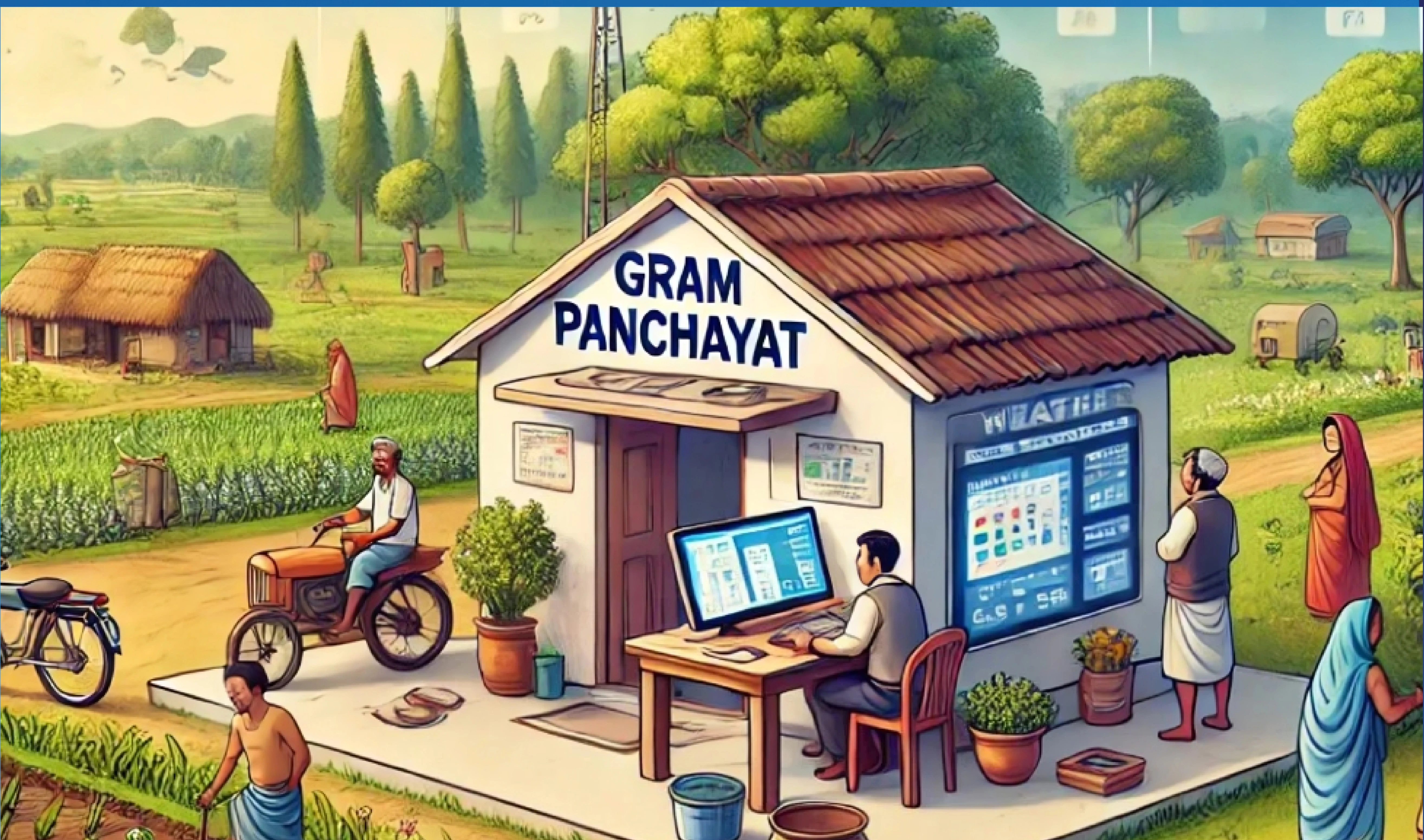With the successful integration of the Bharat Forecast System (BFS) into the IMD, India has become the only country operating a global forecast system at such a high resolution in real time.
Key Features
- Indigenously Developed: It is a next-generation weather forecasting model developed by women scientists from the Indian Institute of Tropical Meteorology (IITM), Pune.
- Installation of the new supercomputer Arka at the IITM with a capacity of 11.77 petaflops & storage capacity of 33 petabytes facilitated the development of BFS.
- High-Resolution Forecasting: The BFS can provide 6 km resolution forecasts for the tropical region that falls between 30 degrees South and 30 degrees North Latitudes.
- The global forecast models run by the European, British, and US have a resolution between 9 km and 14 km.
- Local Forecasting: It will deliver operational forecasts down to the panchayat level, significantly enhancing the country’s ability to anticipate extreme rainfall & other localized weather events.
- Accuracy: It has shown 30%--64% improvement in extreme rainfall forecasts using real-time modeling based on the ‘Triangular Cubic Octahedral Grid model.’
- It is a deterministic model that produces a single-model-based output. This means it provides a definitive forecast rather than a range of possibilities.
- Doppler Weather Radar Network: It will utilize data from a nationwide network of 40 Doppler Weather Radars, ensuring robust, real-time input for accurate forecasting.
- The number of Doppler radars will gradually increase to 100, enabling nationwide nowcasts, i.e., 2-hour weather forecasts.
Doppler Weather Radar (DWR)
|





